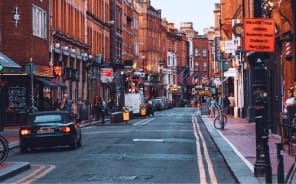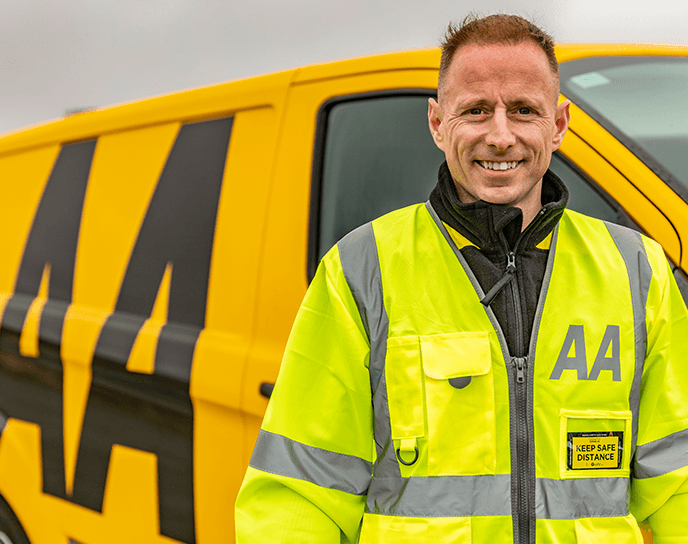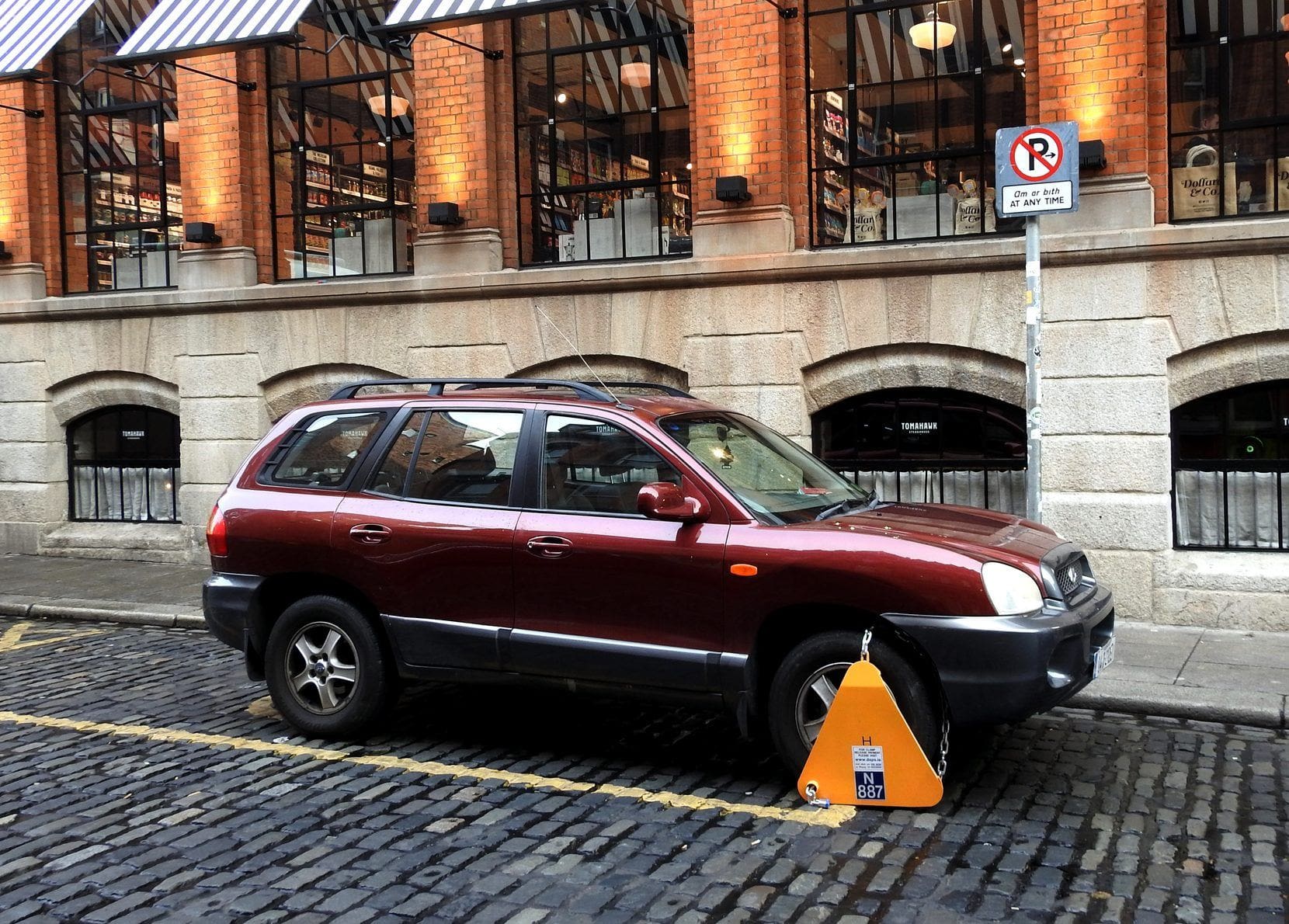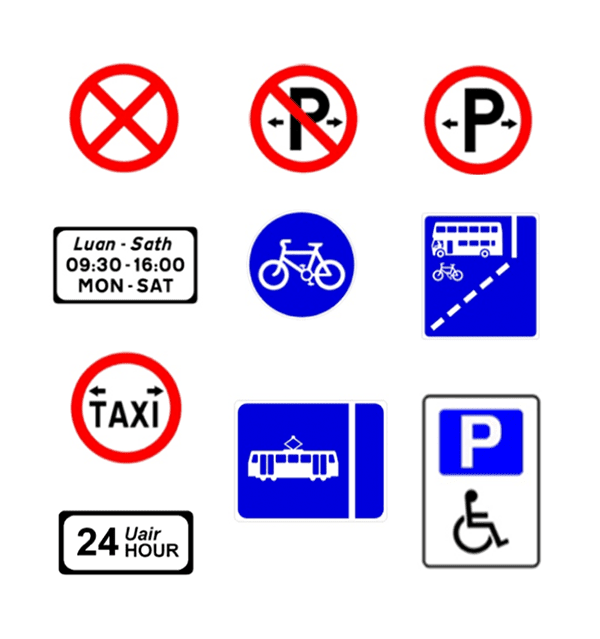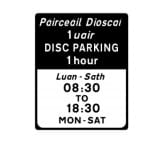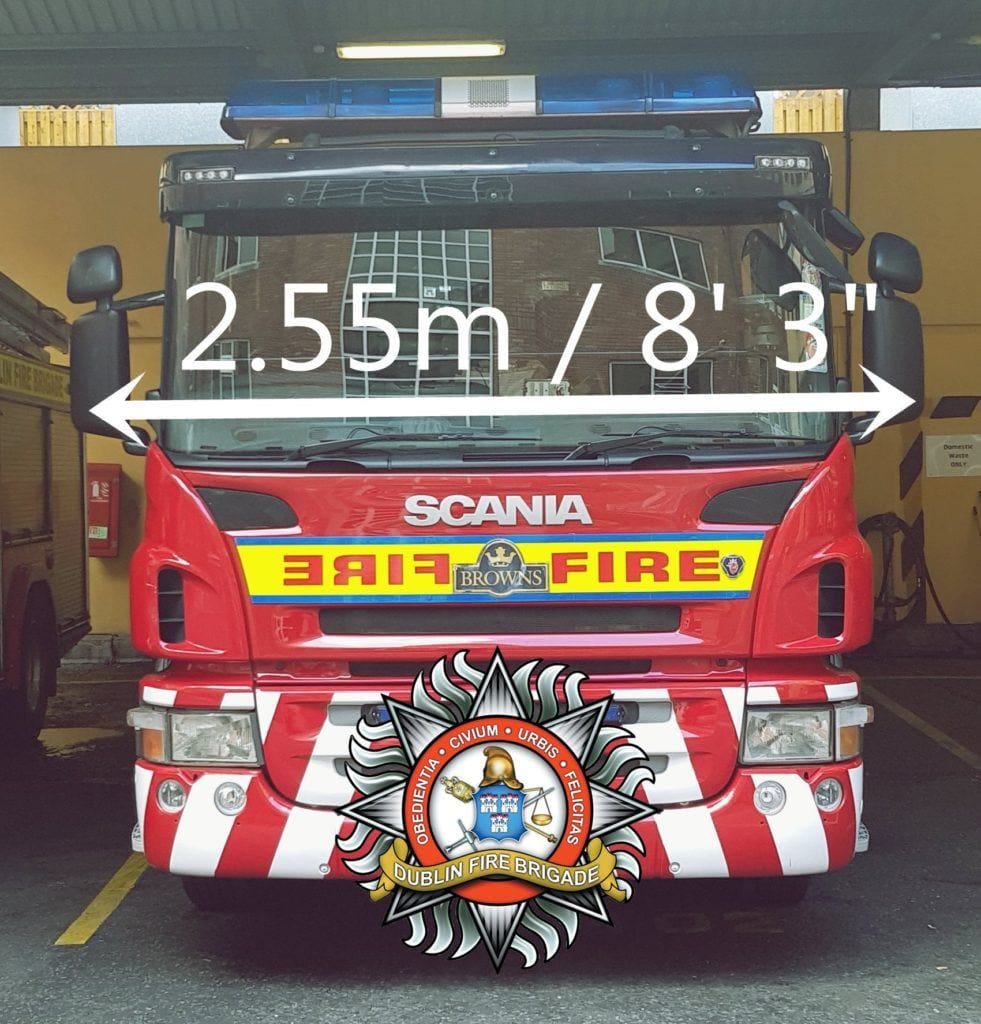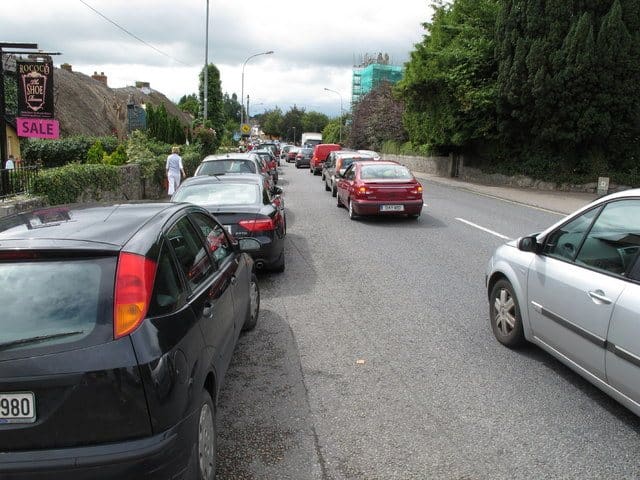Safe parking is a key part of safe driving – where you leave your car on arrival is as important as how you drive it there. Bad parking can endanger or obstruct others on the road, especially pedestrians or cyclists, if they have to go onto the road to get by. Badly parked vehicles can pose a particular issue for wheelchair users, those who are visually impaired, and parents with prams. They can also add to traffic congestion and lead to fines, clamping or penalty points for the driver. Your vehicle could even be towed away. There are many places and situations where parking is prohibited by law, and it helps to know where you should be more aware.
What does the law say?
The rules around parking in Ireland are mainly governed by the Road Traffic Acts (1961-2019), as well as bye-laws issued by local authorities. The key rule is that you cannot park a vehicle anywhere that interferes with the normal flow of traffic, or that obstructs or endangers others.
More specifically, the acts make it illegal to park a private car in the following circumstances:
- On double yellow lines at any time
- On a single yellow line, during the times shown on an accompanying sign
- At the side of a road that has a single white lane down the middle and/or a “No Overtaking” sign (unless there are 3 or more lanes each way)
- On zig-zag road markings (usually yellow outside a school, or white at a pedestrian crossing)
- Where there is a “No Parking” sign, during the times shown
- Where there is a restricted “Parking” sign, outside of the times shown
- On a Clearway, indicated by a circle with an X through it, during the times shown
- In a cycle lane during the hours it is operational
- In a contra-flow bus lane at any time, or in a with-flow bus lane, during the hours it is operational
- In a bus-stop, taxi rank or loading bay*
- In a tram lane or on tram tracks
- On a pedestrian-only street
- At a pedestrian crossing
- On a footpath, grass verge or median (the space between two carriageways), even if this is right outside your house/business
- In a designated disabled parking spot without a permit
- Anywhere on a motorway, including the hard shoulder
- 15 metres before or 5 metres after a pedestrian crossing or traffic lights
- 5 metres before or after any junction
- Anywhere that affects the entrance to or exit from a fire station, ambulance station or Garda station
- Across an entrance to a premises/driveway, unless the owner has consented
*Loading bays may only be used by goods vehicles actively (un)loading for up to 30min.

